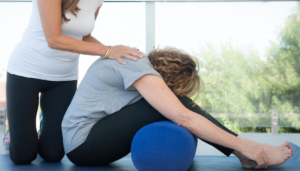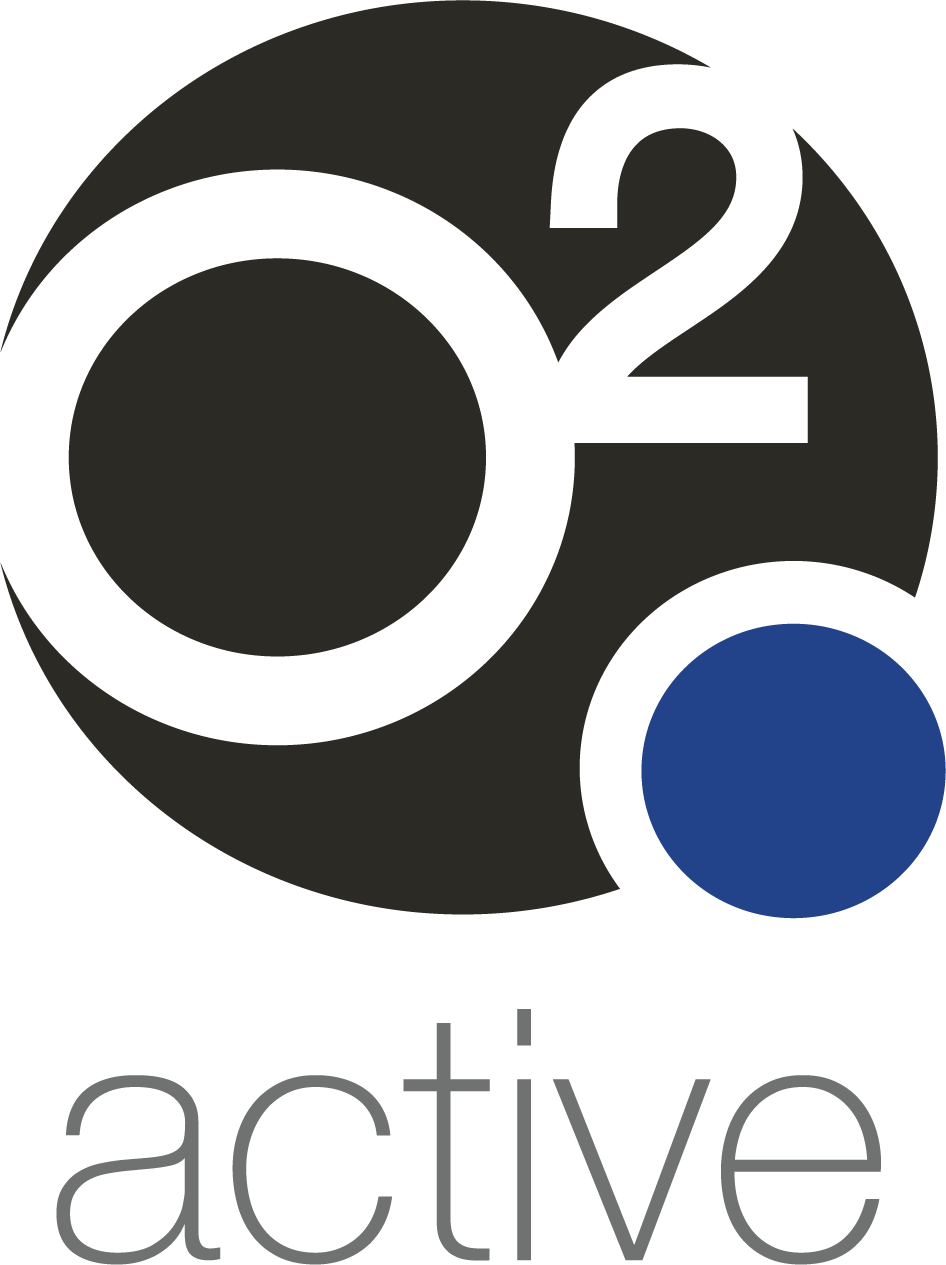
By Amy Ross
With life expectancies increasing, women may now live up to one third of their life after the start of menopause (Ring, 2017). Catering for these changes in the body has never been more important and in particular, we would like to address osteoporosis.
Osteoporosis is a medical condition in which the bones become brittle and fragile from loss of tissue, typically as a result of hormonal changes, or deficiency of calcium or vitamin D.
Menopause is commonly associated with osteoporosis due to reduced oestrogen production. These hormonal changes accelerate the natural process of decreased bone density with age, leaving bones brittle and prone to fractures.
WA state reports indicate that by 2022, fractures in male and female adults with osteoporosis is predicted to be at 56 cases per day, nine of which will be hip fractures. These fractures can have significant effects on an individual’s quality of life, and even lead to premature death (Osteoporosis Australia, 2014). Therefore, it is essential that women who are entering menopause or already at this stage of life take steps towards increasing bone density and reducing fall rates.
If you suffer from osteoporosis, we recommend yoga as an exercise alternative to high impact workouts.
For many mature women, yoga is an enjoyable and effective method of low impact exercise with numerous psychological and physiological benefits.
Yin Yoga is usually structured as a series of floor poses which are held anywhere between 45 seconds to 5 minutes (dependent on difficulty level), with the purpose of using your body weight to “load” moderate stress on the body’s connective tissue. The yoga poses also create several forms of stress loading onto the bones which are acting as support structures (Clark, 2016).
This healthy stress loading caused by weight bearing is essential for increasing bone mass as it leads to increased osteoblast activity which is responsible for the deposit of new bone build-up to the outer surface of the existing bone structure (Ring, 2017). Therefore, participating in Yin Yoga can encourage an increase in bone mass which in turn helps reduce the likelihood of fractures.
People suffering from osteoporosis are suggested to be at an increased risk of falls which may lead to fractures. This is due to poor balance control, muscle weakness and incorrect posture (Hsu, Chen, Tsauo and Yang, 2014). Yin Yoga can help reduce these risks.
Overall, yoga is a mind and body exercise which encourages awareness of the body in positions that demand practice of balance. Yoga is popular among females as a low intensity exercise form (Cramer, Sibbritt, Adams & Lauche, 2015). Despite its low intensity, its benefits are high. The nature of yoga means that its practice is not limited to any individual.
Studies have found that regular yoga practice benefits can include increased proprioception, self-awareness, muscular strength and postural correctness (Cramar et al, 2015). Further studies by Jeter et al (2014) suggests that yoga improves balance in those that practice it.
And did you know that balance is achieved at more than just a physical level? Balance requires efficient and rapid communication between the brain and muscles, known as motor control. Practicing a balanced state through specific balance exercises will improve the neural connection between the brain and body (Jeta et al., 2014). We believe Yin Yoga to be ideal as an effective form of balance practice with transferable benefits to day to day life.
Yoga is therefore the perfect option for those who are slowing down on high intensity exercise as it still provides the stimulus required for bone density and balance improvement. And although menopause is unavoidable, doing exercise such as yoga can promote the activity of osteoblast cells, and create stronger mind-body neural connection.
References
Clark, B., & Grilley, P. (2016). Your Body, Your Yoga : Learn Alignment Cues That Are Skillful, Safe, and Best Suited To You. BC: Wild Strawberry Productions.
Cramer, H., Sibbritt, D., Adams, J., & Lauche, R., (2015). The association between regular yoga and meditation practice and falls and injuries: Results of a national cross-sectional survey among Australian women. Maturitas, 84, 38–41. https://doi.org/10.1016/j.maturitas.2015.10.010
Hsu, W., Chen, C., Tsauo, J., & Yang, R., (2014). Balance control in elderly people with osteoporosis. Journal of the Formosan Medical Association, 113(6), 334–339. https://doi.org/10.1016/j.jfma.2014.02.006
Jeter, P., Nkodo, A., Moonaz, S., & Dagnelie, G., (2014). A Systematic Review of Yoga for Balance in a Healthy Population. The Journal of Alternative and Complementary Medicine, 20(4), 221–232. https://doi.org/10.1089/acm.2013.0378
Osteoporosis Australia Summary – Osteoporosis costing Western Australia A burden of disease analysis – 2012 to 2022 (No. 978-0-6481053-0-5). Retrieved from https://www.osteoporosis.org.au/sites/default/files/files/Osteoporosis%20Costing%20WA_compressed.pdfhttps://www.ncbi.nlm.nih.gov/pubmed/28501236
Ring, M. (2017). Women’s Health: Polycystic Ovarian Syndrome, Menopause, and Osteoporosis. Primary Care, 44(2), 377–. Retrieved from https://www.ncbi.nlm.nih.gov/pubmed/28501236
